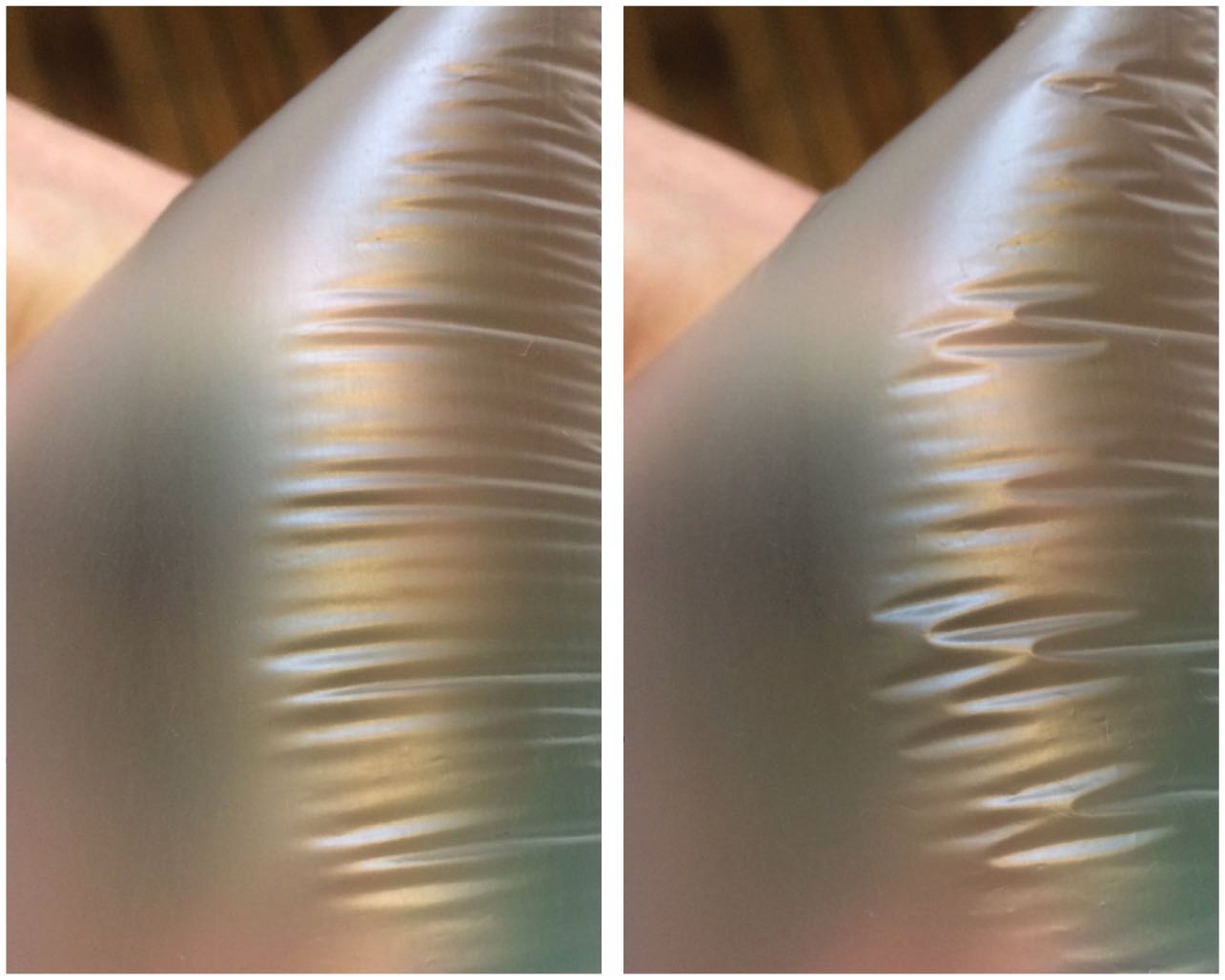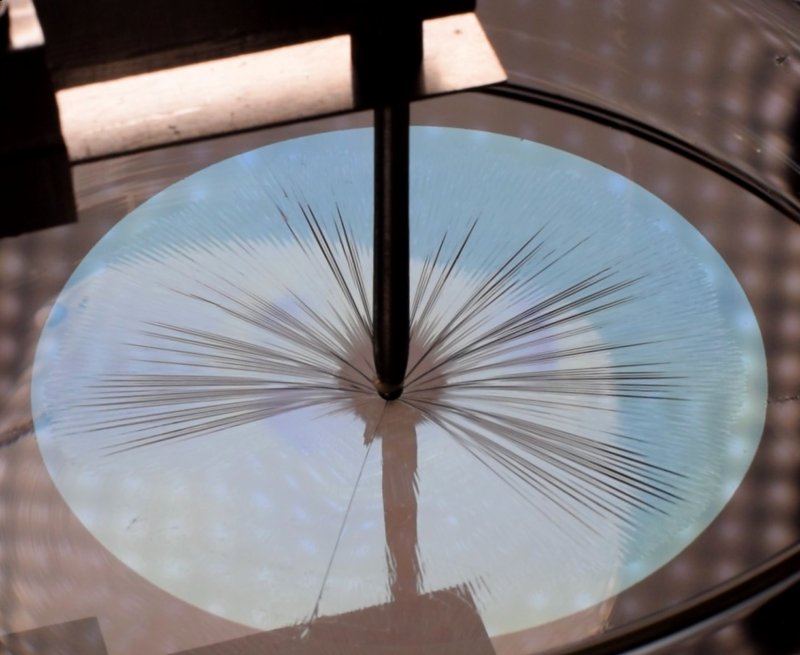
Consider for a moment the smooth wrinkles on our skin and the sharp creases on a crumpled ball of paper. These two kinds of surfaces look and feel quite different, and you might wager that the difference comes down to the material itself: skin makes “wrinkles” and paper makes “crumples”. We found that this reasonable guess is actually wrong. By squeezing and inflating plastic and rubber sheets in a variety of experiments, we discovered how to turn wrinkles into crumples and then back. What’s more, we found that crumples are rather general features — nature uses this “building block” to help sheets contort in a lot of geometrically-tricky situations. So understanding the physics of a birthday balloon can teach you things that are important for designing deployable satellites or understanding ripples in a cell membrane. Links: PRX, APS Physics Magazine

Recent Comments